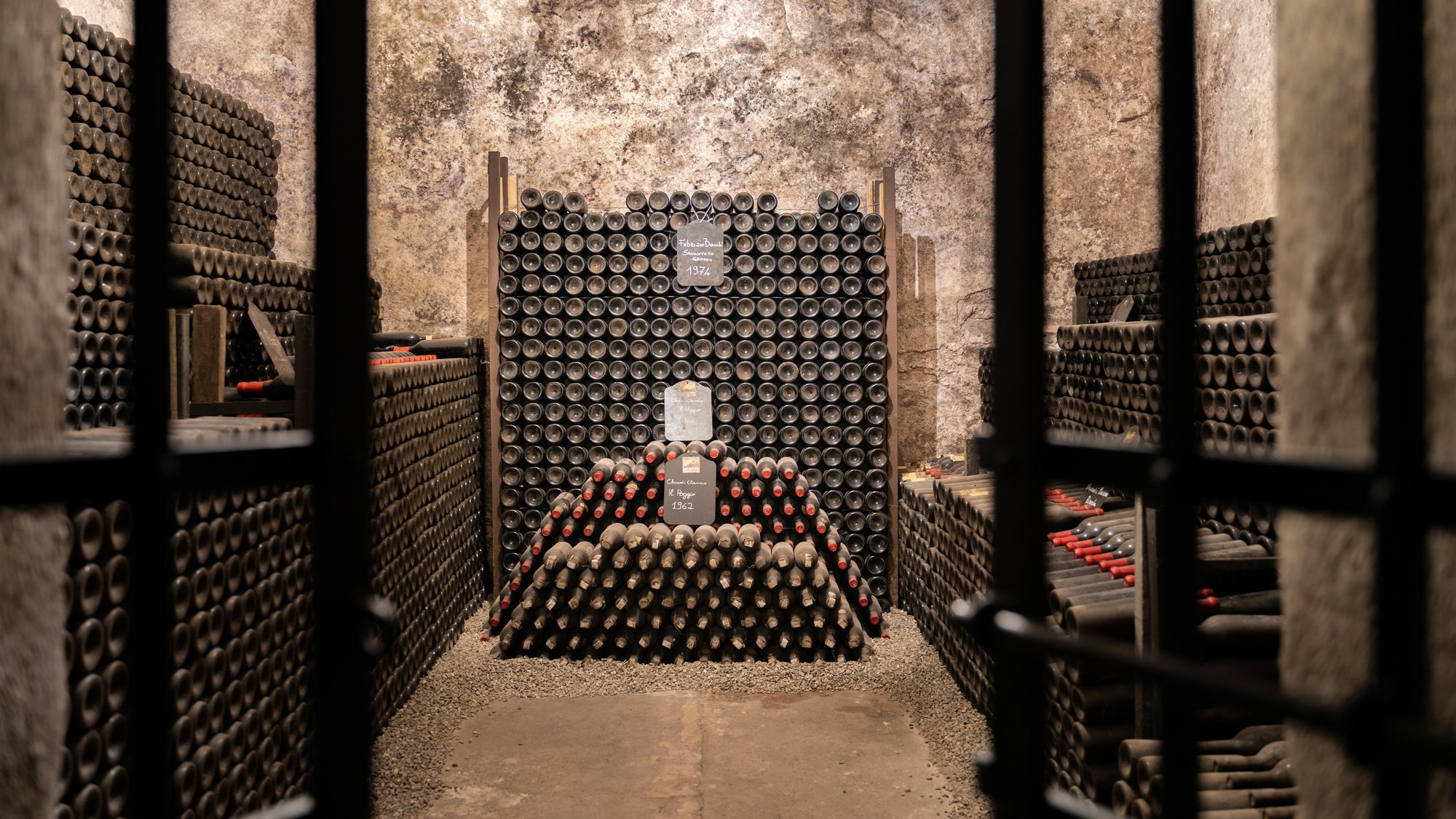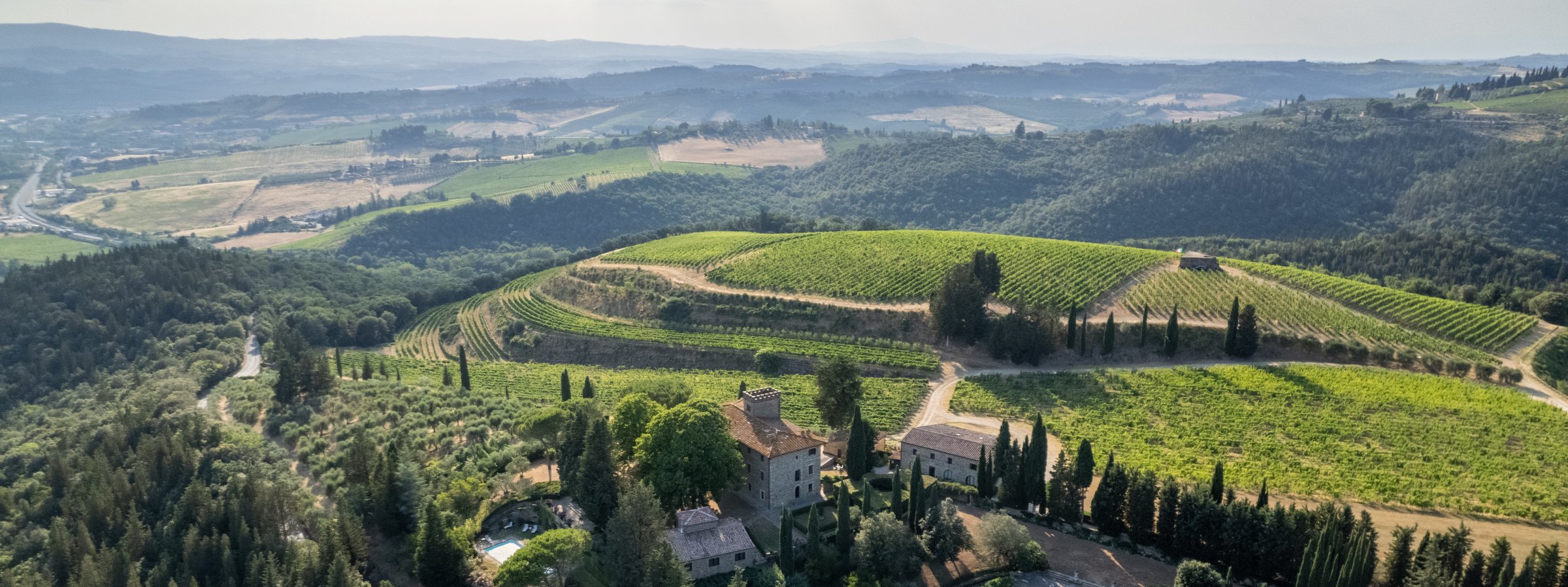The past meets the future
Today the beating hearts of Castello di Monsanto are Fabrizio and Laura Bianchi. They are the future and have preserved that impressive vision from 60 years ago. Their journey has been shaped with inspiration and choices that are not always easy and taking the road less traveled has made it more surprising albeit uncertain. Wine in Tuscany was not yet ready for a revolution. Audacity, determination, and foresight were key to pursuing ideas that might have seemed obscure at the time, but later played a large part in the history of Chianti Classico. Today Laura, Fabrizio's daughter, continues what her father, thanks to her grandfather Aldo, started, by transforming longstanding tradition with pride and tenacity. Because the future passes right through here: from what was built yesterday for a better tomorrow.
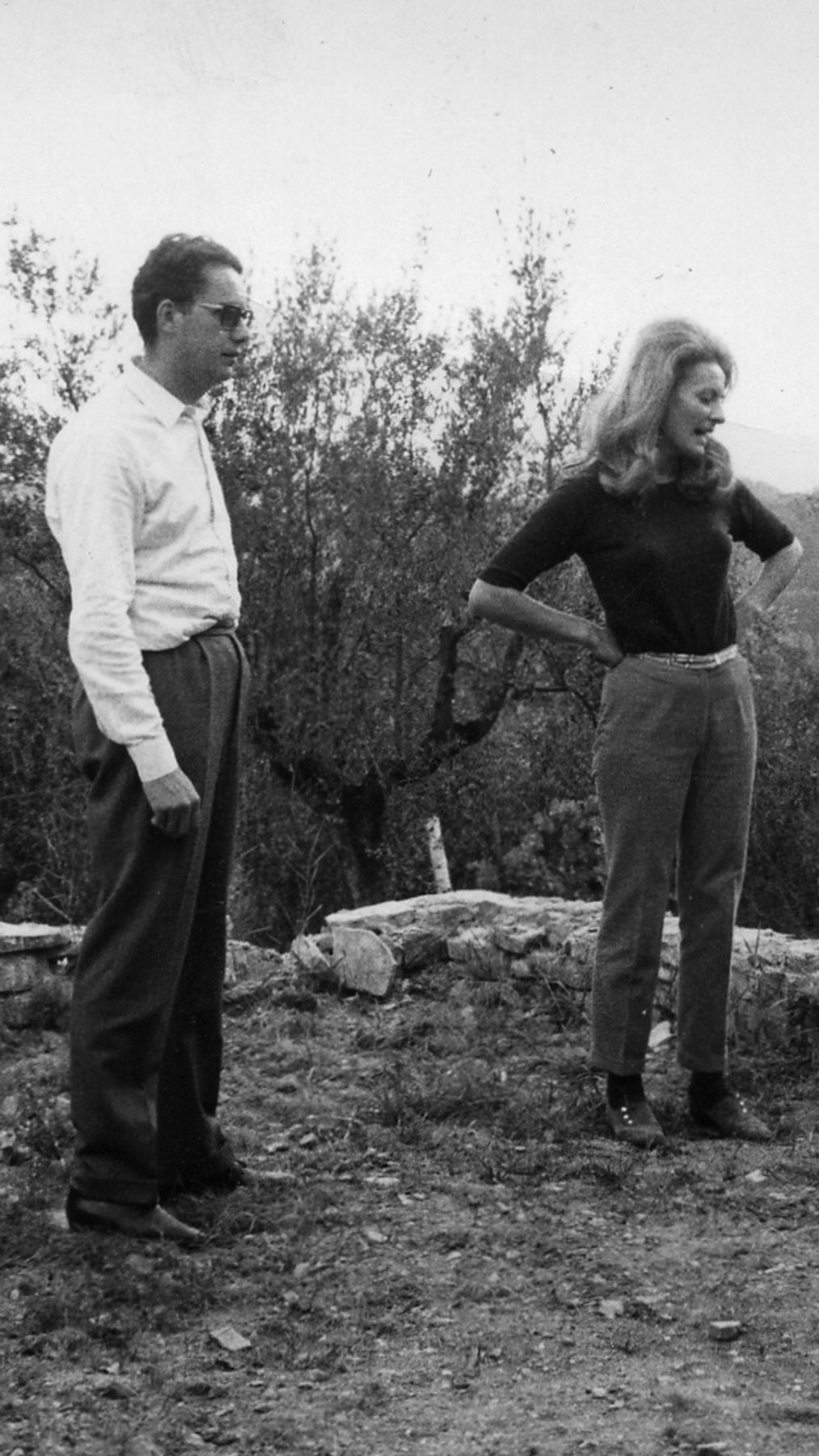
An endless story
An inclination to be visionaries. The predisposition to see something where that something is not there yet. The capacity to think less and feel more. The ability to start writing a story without knowing what the ending will be, but with the absolute certainty that it will be told as though it were unique and unrepeatable for generations.
It was 1961 when Aldo Bianchi, Fabrizio's father, fell deeply in love with Castello di Monsanto and purchased it. It was true love, ceaseless and immediately shared by his son Fabrizio who looked out from the top of il Poggio and was able to see beyond the bounds. He saw not only the beauty of the panorama that stretches from San Gimignano to the Florentine Chianti where Mount Amiata and the Apuan Alps stand out. He saw much more. With his wife Giuliana at his side, moved by the passion for wine passed down from his mother and the amazement he felt while tasting some of the bottles found in the cellar, he managed to bring life to what destiny had already partially mapped out.
Not just an entrepreneurial project, but a life philosophy based on respect and love for man and nature. As new vines were planted and many farmhouses on the estate were renovated, bold intuition began to take shape. From this moment on, every choice became a step forward towards an objective in which man and nature were essential to one other. It was an inclination to allow the extraordinary to happen. As well as to be surprised. And the surprise was truly magnificent in 1962 when Fabrizio decided to separately vinify the grapes from Il Poggio vineyard, where Sangiovese reigns still today. A choice that was risky perhaps, but turned out to be a great success not only for Monsanto, but also for Sangiovese, which was appreciated again from that moment on. And thus the first Cru of Chianti Classico came to be, an eyewitness to how the past made room for the ideas of tomorrow and the unrelenting rhythm created not only by the courage of man, but also by the bounty of the surrounding nature. This was only the starting point of a long and incredible journey in the constant search for quality.
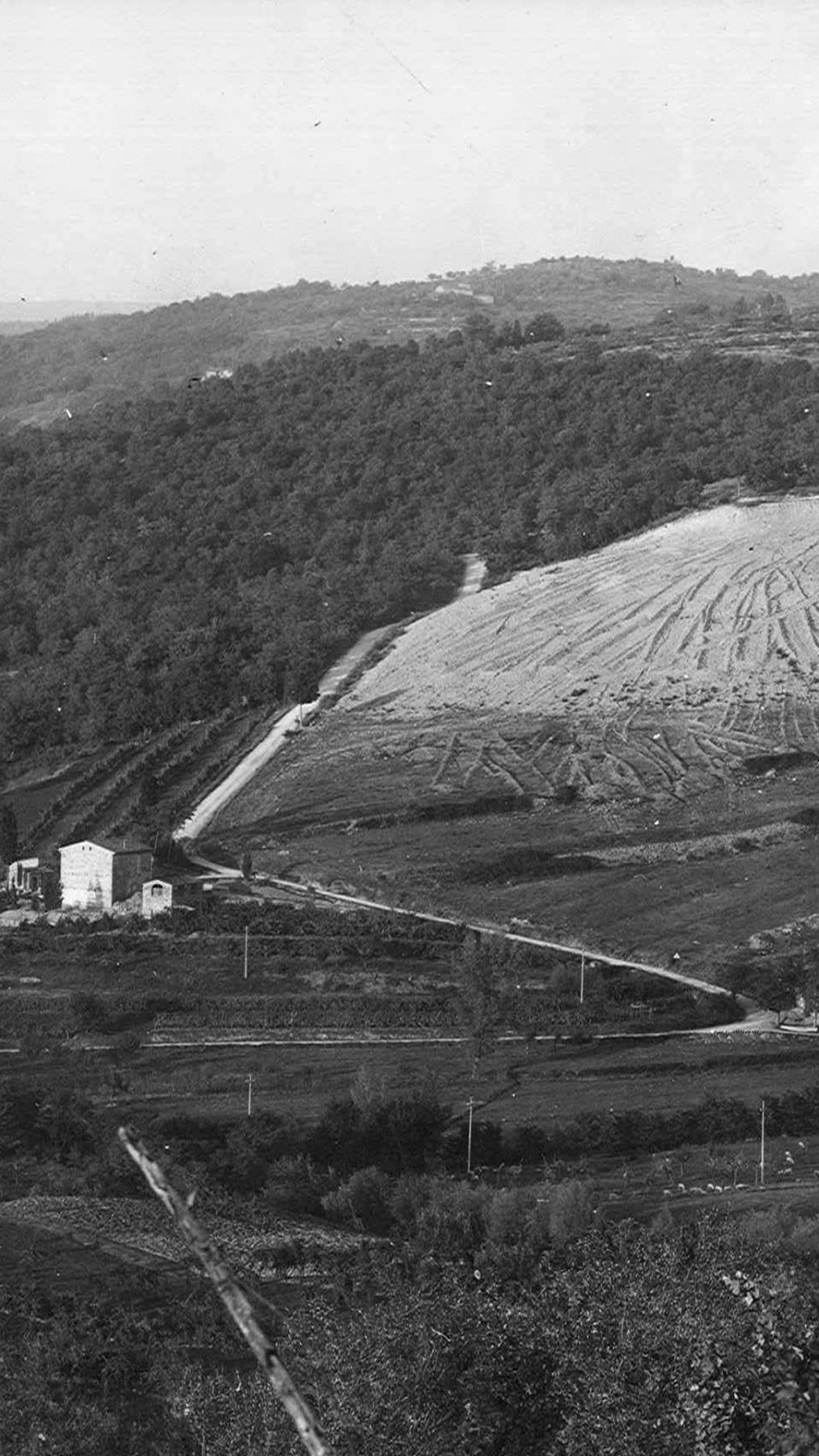
Where Mother Nature reigns
Chianti
Classico
Monsanto is located in the central-western part of one of the most beautiful areas of Italy, Chianti Classico. Here, in the largest area Sangiovese is grown between Florence and Siena, crops coexist harmoniously with the surrounding nature which contributes to a truly unique quality. More precisely, Castello di Monsanto is part of the sub-zone of San Donato in Poggio, where pure wines fearlessly withstand the test of time and are characterized by their boldness and backbone of crisp acidity.
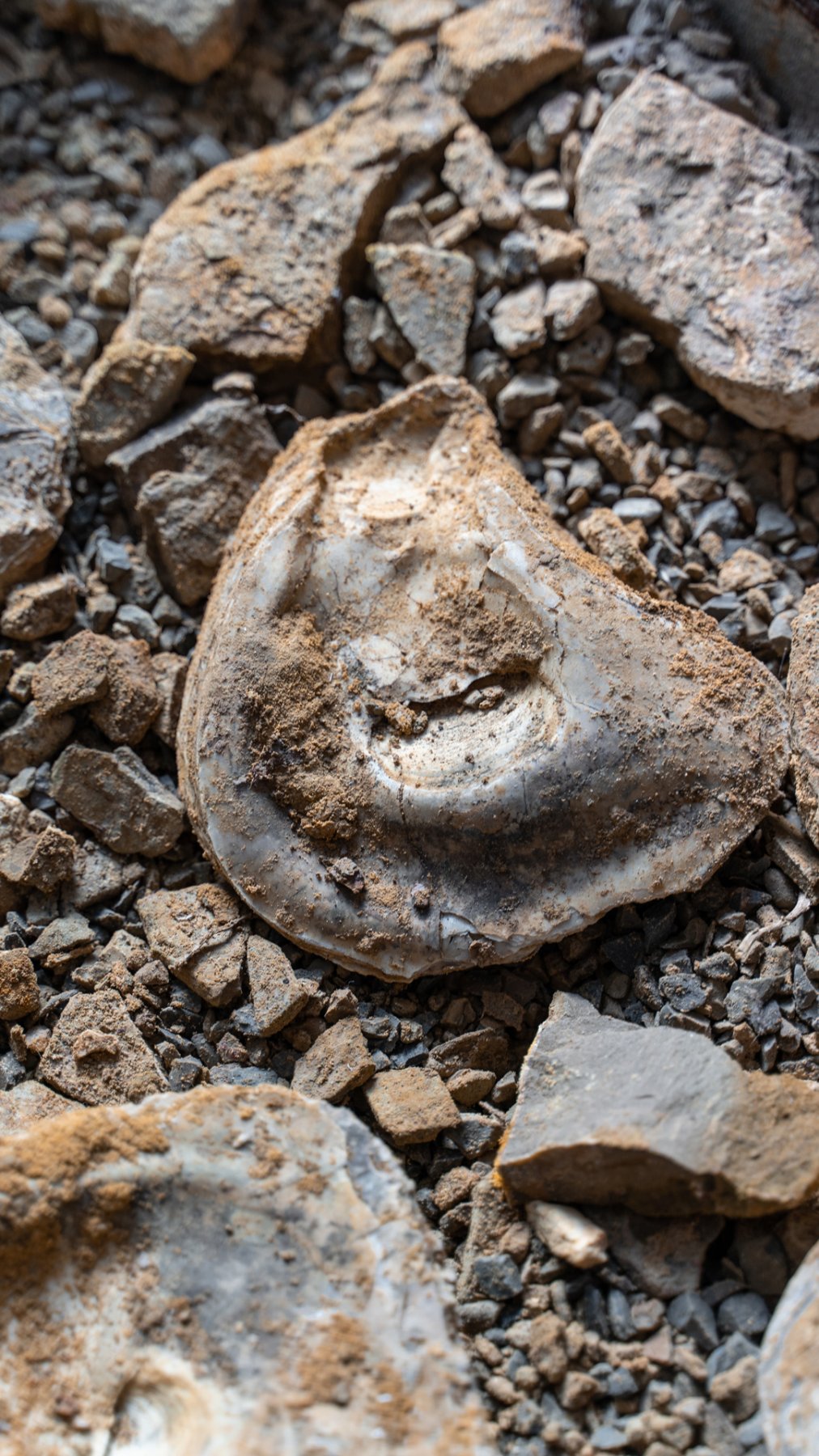
The Terroir
Unique wines emerge from the union of climate, altitude, latitude, soil, vineyards, and winemakers, and as the result of a particular alchemy that reflects affinity with the land. The soil is certainly the factor that best defines the identity of each of Castello di Monsanto’s wines. The presence of galestro, a schistous rock, gives the wines bold characteristics and considerable depth. At the surface it is gravelly, allowing the roots to penetrate through the layers, gaining tannins and vibrant acidity. In its solid form it is known as Macigno Chiantigiano and retains moisture at profound depths, allowing plants to survive prolonged dry spells. On the southern slope of the estate, the presence of galestro alternates with a high concentration of tuff, a looser soil type with better drainage. Over time, fossils from the Cretaceous period have been found in this soil, illustrating the area’s dynamic geology.
The Climate
Along with the terrain, the climate is another significant element. Castello di Monsanto looks out across the Elsa Valley, where mistral winds blow in directly from the Tyrrhenian Sea to mitigate the winters and cool the summers. This improves the grapes’ health by decreasing the humidity and creating night-day temperature fluctuations that are important for the development of aromas in the fruit. The vineyards, located between 280 and 320 metres (919-1050 ft) above sea level, benefit from a microclimate that allows Sangiovese to ripen uniformly most years, without being particularly affected by early ripening due to global warming.
All of this translates to a perfect balance, creating a necessary biological harmony for the vines, so that they are the richest and purest expression of their terroir.
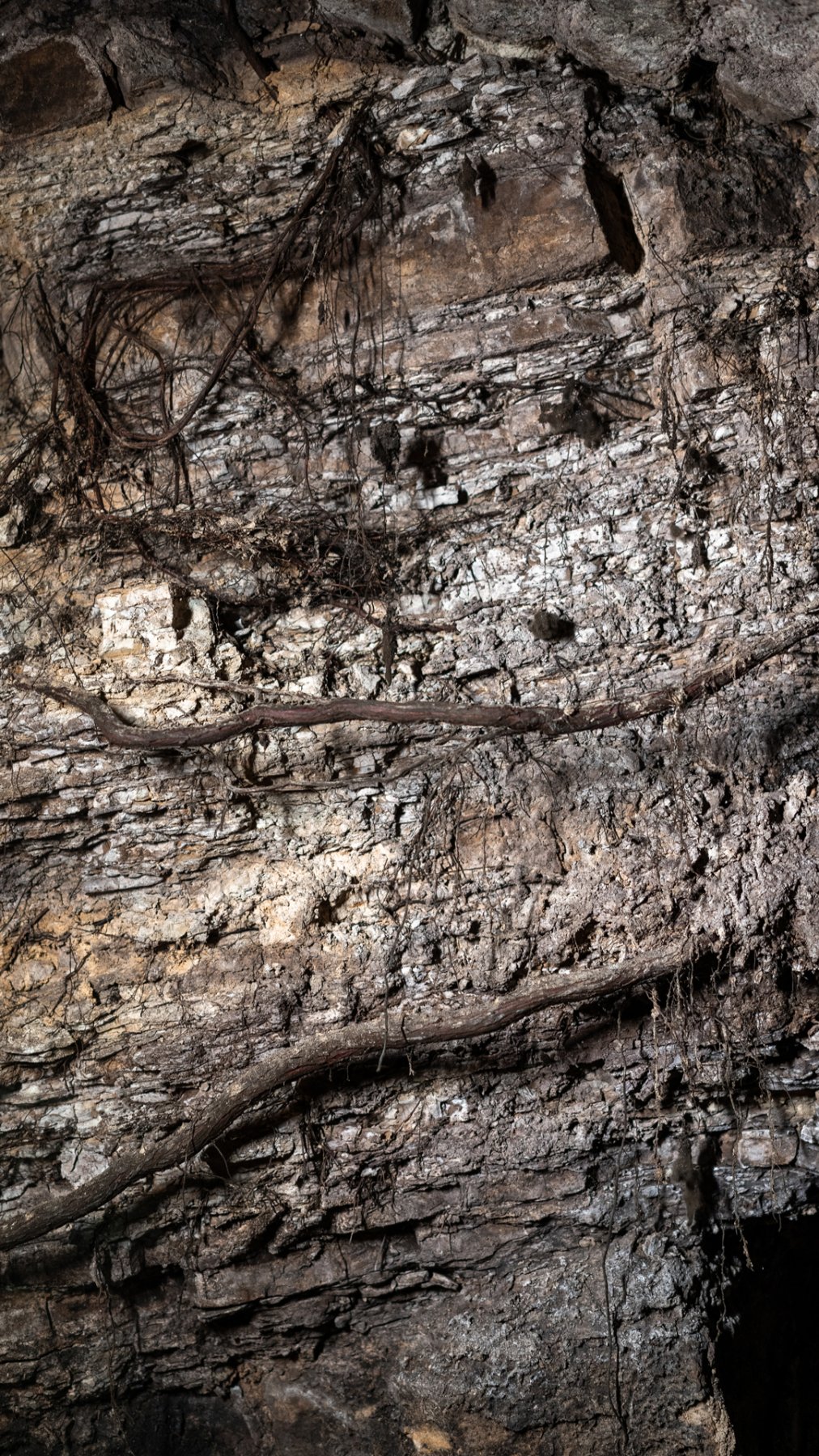
The Castle
Embraced by the surrounding hills and kissed by winds that blow in from the sea, the charm and majesty of Monsanto’s castle is perfectly nestled in the unique landscape of a famous territory particularly suited to the production of great wines. Its thick walls, a symbol of solidity, date back to 1740 and continue to preserve an equally profound tradition today. A fascinating place with eternal charm that tells the story of men and women who, with love, perseverance, and the universal language of elegance, started and continued a real revolution known as innovation. Nearby, the Vinsantaia and Amphitheater have borne witness to the precious heritage of Monsanto.
La Vinsantaia
Two doors are always open so that there is constant air flow. The sun’s rays silently filter an alluring interplay of light and darkness. The Vinsantaia is where precious treasures with their infinite nuances rest. You feel a true synergy here between the past and present, shaped by ancient wisdom and traditional craftsmanship.
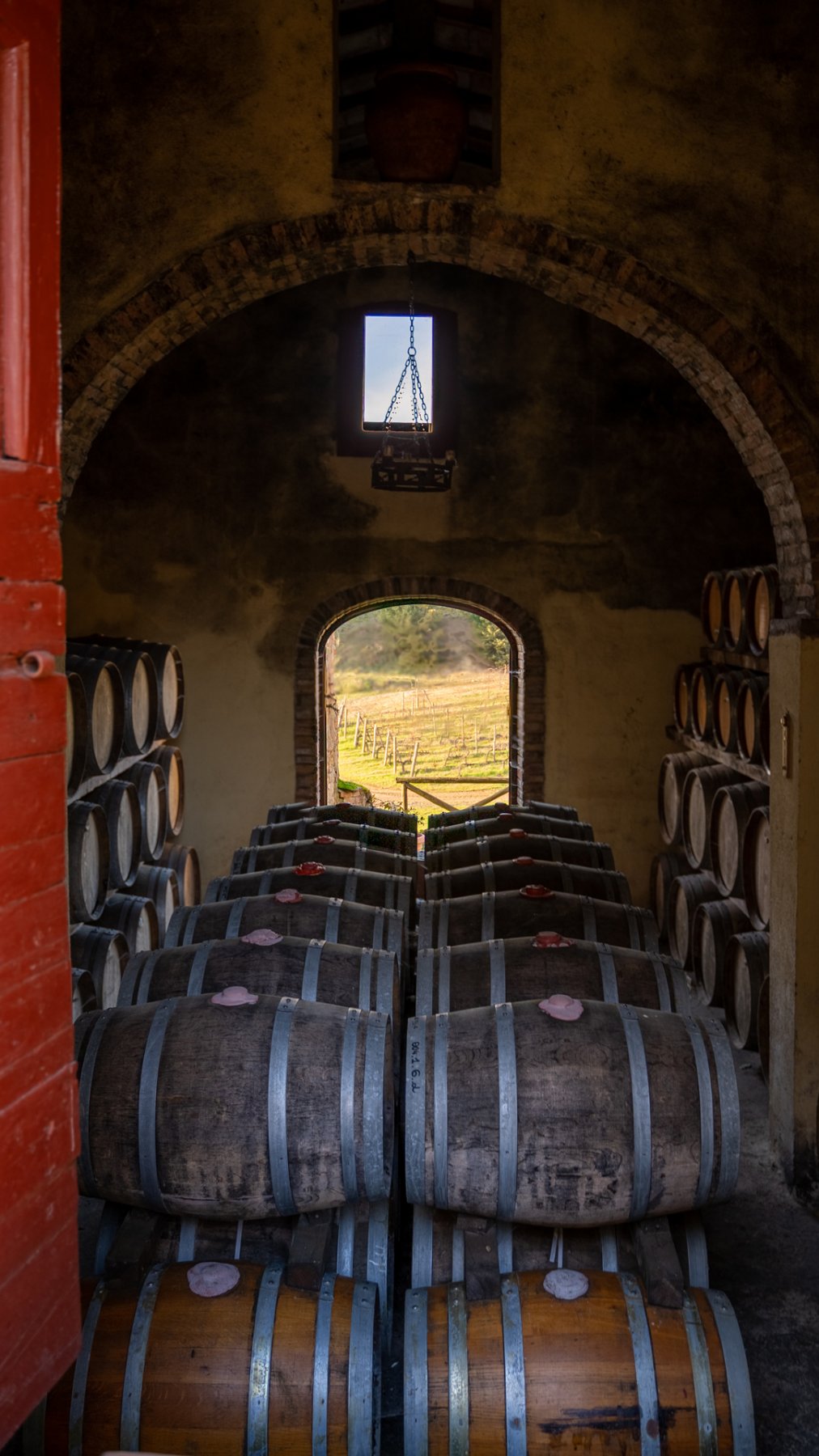
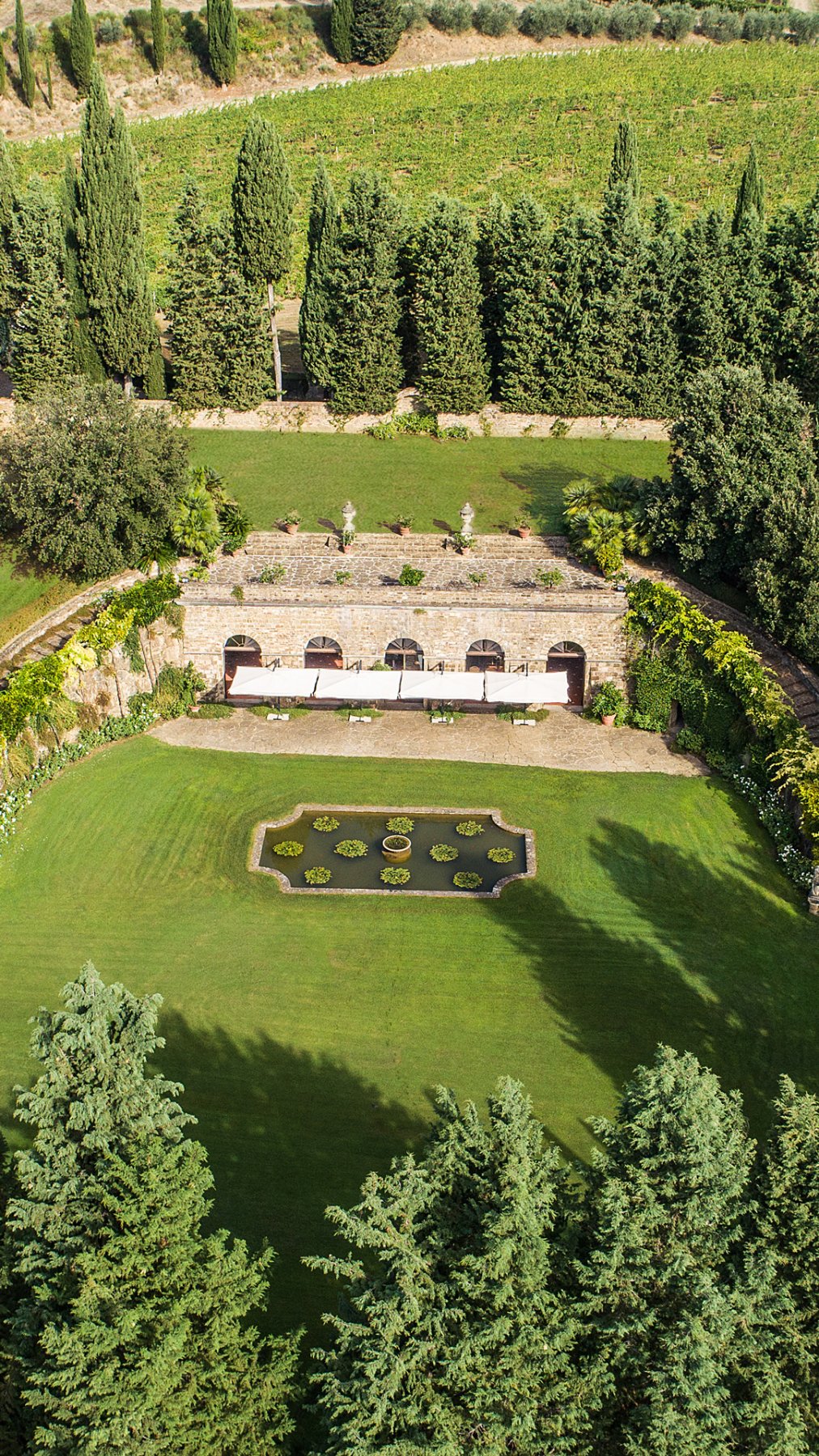
The Amphitheater
An evergreen lawn near the Castle contrasts with the blue of the clear sky. Close your eyes and breathe in the refreshing nature that surrounds you. There is a fountain in the centre. The water flowing through it marks the time that almost seems to want to stop here. Across from this is the Amphitheater, the place where everything begins and everything ends. Where the guided tours end or where the events and tastings begin. This is the true parlour of Castello di Monsanto - a place where people have passed through, stories have been told, and secrets are kept.
Explore the vineyards
A virtual tour to learn more about Castello di Monsanto’s four vineyards: il Poggio, Scanni, il Mulino, il Salcio. There are a total of 72 hectares (178 acres) dispersed over altitudes ranging between 280 and 320 meters (919-1050 ft) above sea level. The green belt surrounding them is a veritable green lung of biodiversity, where everything is in perfect balance.
A Cellar beyond time and space
A Virtual Tour to discover a cellar suspended in time and guardian of bottles and all the stories contained in each one. Here, three different souls coexist in a place where an almost-deafening silence prevails.
The Archive
The oldest soul in the eighteenth-century cellar, containing one of the largest archives in Italy and home to 60 years of history. A significant number of bottles are kept inside, the oldest from 1962, the year of the first harvest and the birth of the first Chianti Classico Cru. Some bottles are still stored here and see light again after at least 10 years, continuing to honour the longevity of this wine. This is a proper record of the history of Monsanto, and consequently the family who serves as a witness to the evolution of the Chianti Classico appellation.
